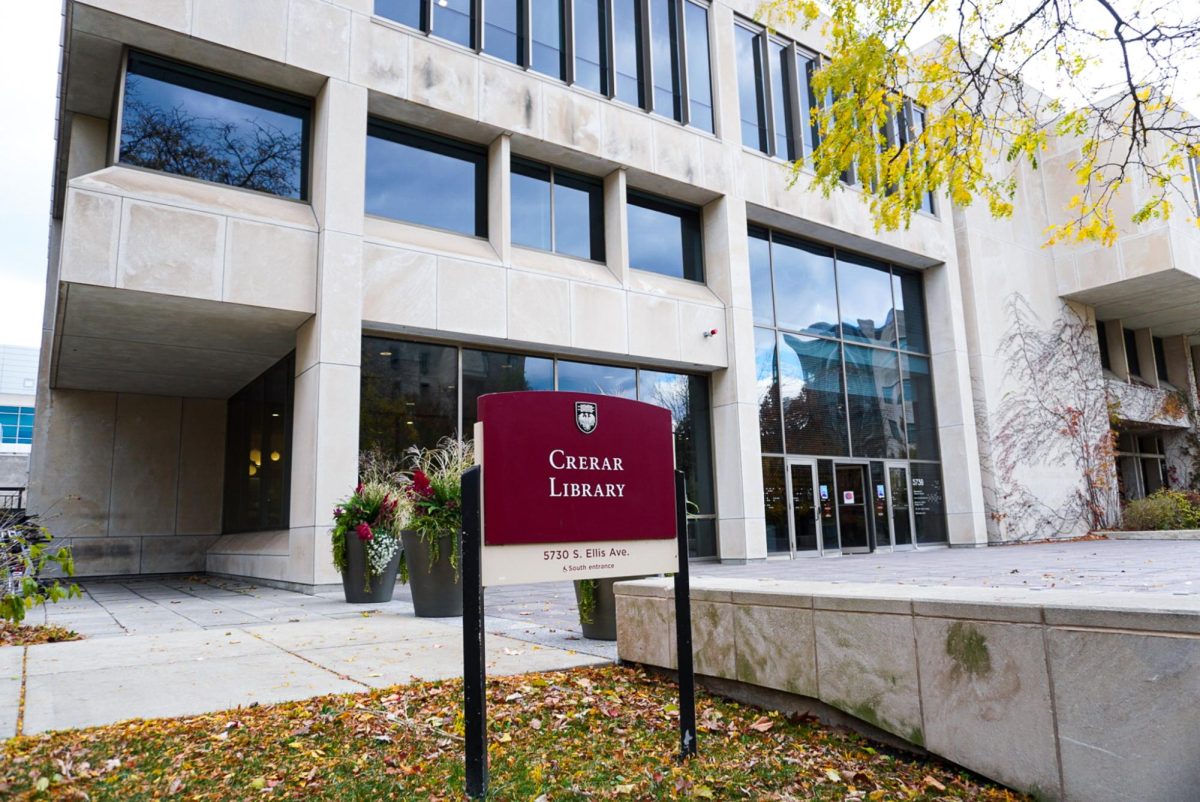The death penalty, we are frequently reminded, is “broken.” The Illinois Commission wanted to reform it with more safeguards while also making it more rare. Former Governor George Ryan granted amnesty wholesale to Illinois’s death row. Poor people with overtaxed lawyers go to the electric chair when rich defendants do not, black defendants are disproportionately represented. Troublingly, the race of the victim also biases the jury—those accused of murdering somebody white are more likely to die than those who murder someone who is black. But the death penalty is a scapegoat that distracts us from the real problems of our criminal justice system.
To be sure, there are those who think that the death penalty is wrong simply because killing people is always wrong, but they seem to be decidedly in the minority. A large number of people concerned about the death penalty (especially those in the Illinois government) are concerned that its administration fails to meet the guarantee of “due process of law.” However, replacing the death penalty with life sentences will do little to cure the problems in the process.
If it is bad that there is a racial bias on death row, it is not much better to have a racial bias in our long-term prisons. Similarly, the low quality of over-worked defenders comes into play not just in the rare capital case, but in nearly all other crimes as well. This is partially an inevitable consequence of wealth inequality, but also a function of putting the immense weight of the state behind criminal prosecutions, and of having a criminal procedure like ours, where the time and effort invested by lawyers have a large effect on the ultimate outcome of a case.
In other words, the biases and problems that plague the death penalty, are not at all limited to capital cases, but to assaults, robberies, drug convictions, and many others. Indeed, because of the lack of public attention in these other areas, they might well be worse. The current obsession with the death penalty probably reflects the victory of anecdotes over statistics. Death-row inmates are relatively few, and many make the national news. The New York Times could not begin to cover every person to receive a bad rap or a lousy public defender, nor could we the readers muster the emotional energy to care.
Some people suggest that the death penalty is a problem of a different kind (not just a different degree) because it is irreversible. It is true that we cannot bring people back to life. But neither can we turn back the clock. We cheer when a man is finally released after 10 years of languishing wrongfully, and our focus on not killing the wrong people makes us too callous about locking them up.
It’s still unclear whether any state has executed an innocent person in recent memory, though we’ve halted several executions many years later, sometimes at the last minute. Death penalty opponents suggest that this isn’t good enough, because it’s very likely that some people have slipped through the cracks. But even if nobody slips through the cracks, it still isn’t good enough. It’s a great consolation to be released, of course, but simply having been on death row ruins one’s life.
Wrongful convictions, a lack of public awareness, and an under funded public defense system—these are the problems. For every wrongful death sentence there are dozens of other wrongful sentences, dozens of other lives wrongfully torn apart. Time, energy, and money that go toward eliminating or reforming the death penalty are well-intentioned, but poorly spent.
It’s time to do one of the following two things, or both: First, we should start paying restitution (and these should be very hefty sums) to those who are wrongfully imprisoned, jailed, or punished by the state. Secondly, we should start paying less attention to high-profile death sentences and more to the biases and flaws that infect our whole criminal justice system (more money to public defenders and sanctions for prosecutors who consistently get it wrong would be a good start). The death penalty is not a problem in itself; it’s just the most public symptom of a much broader network of systemic flaws.






